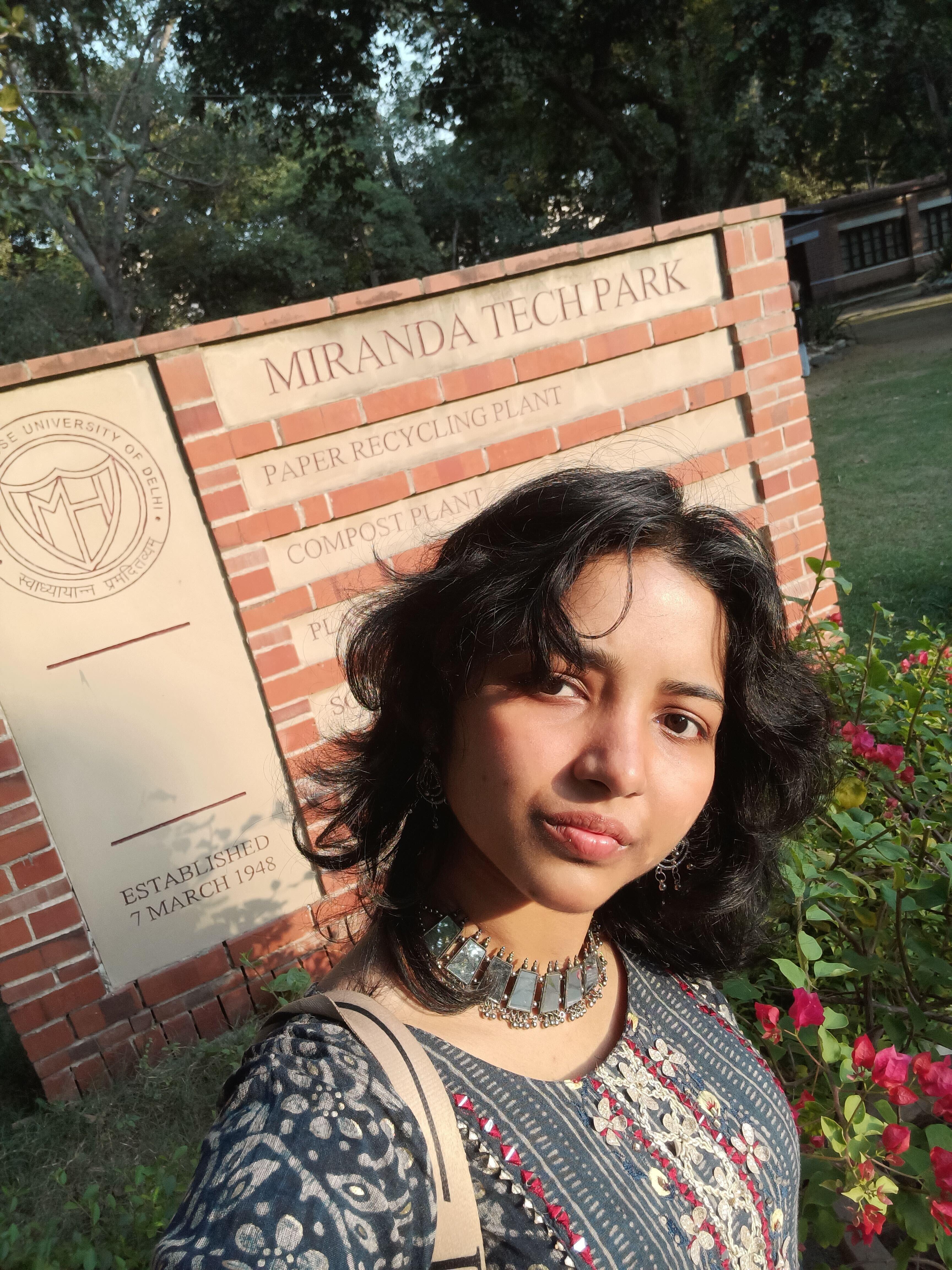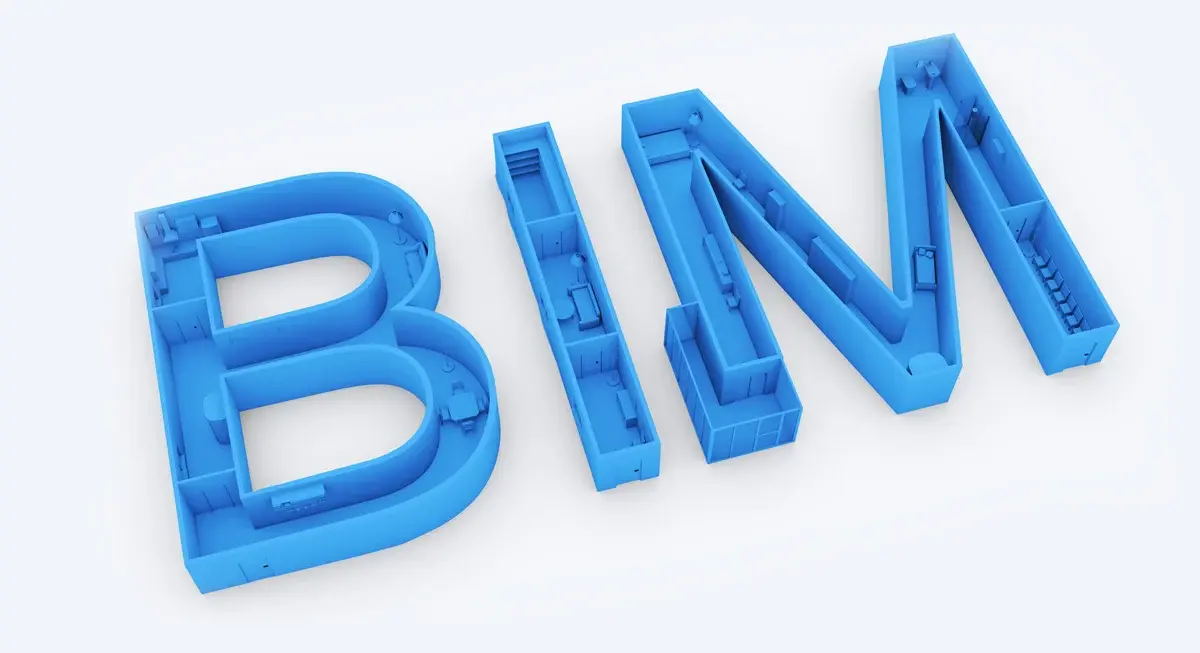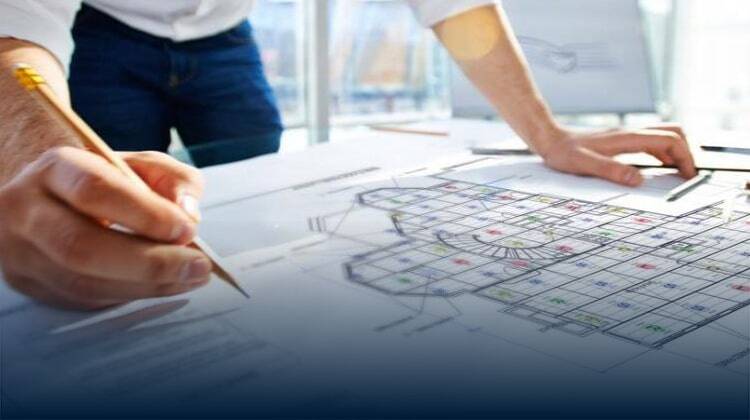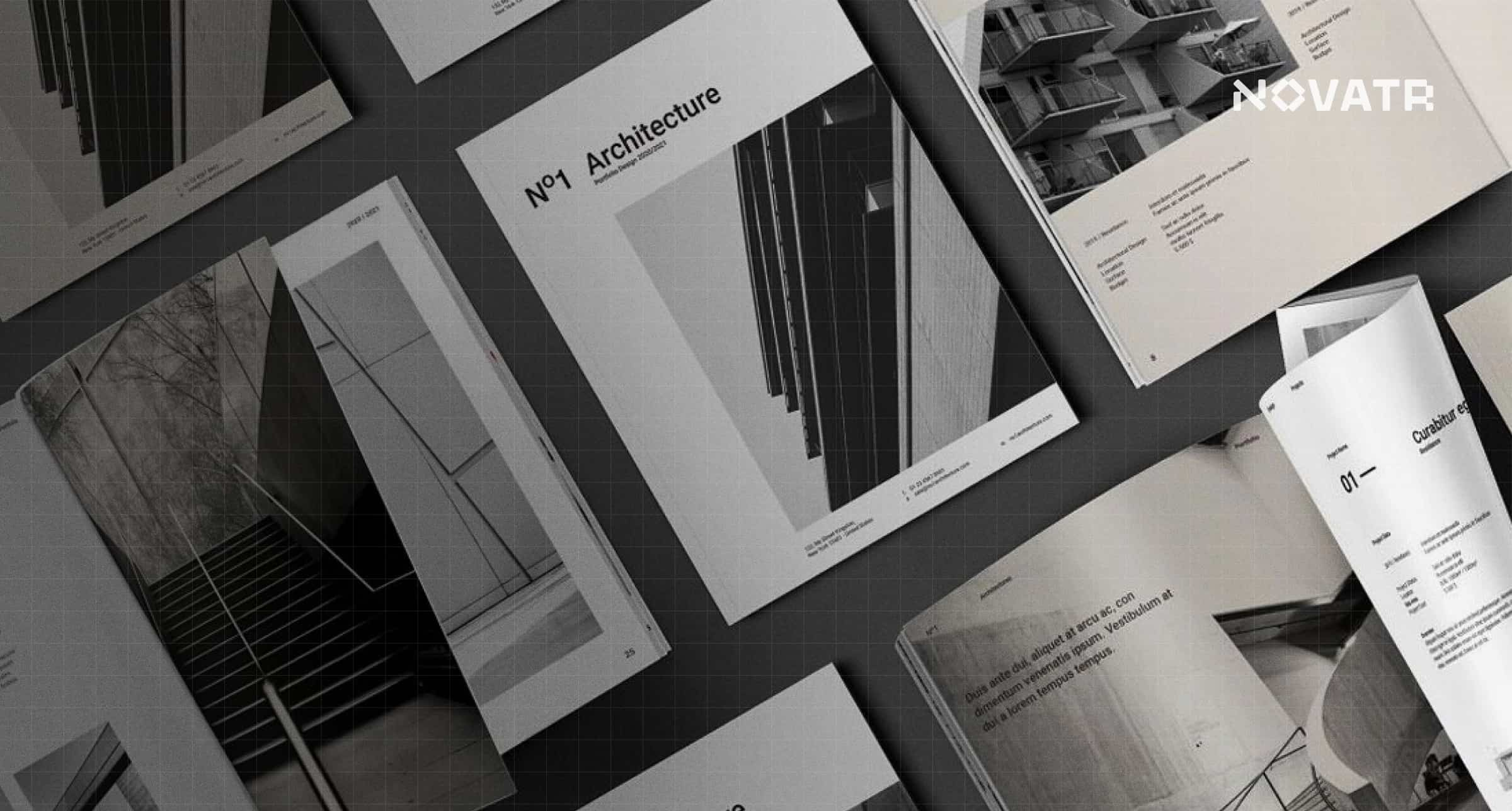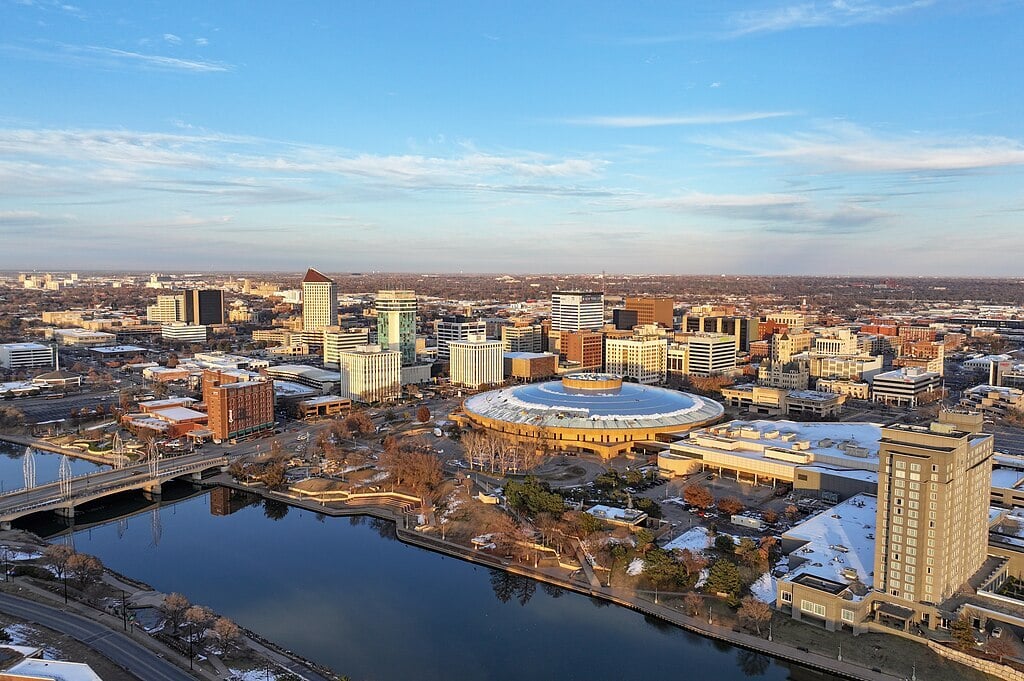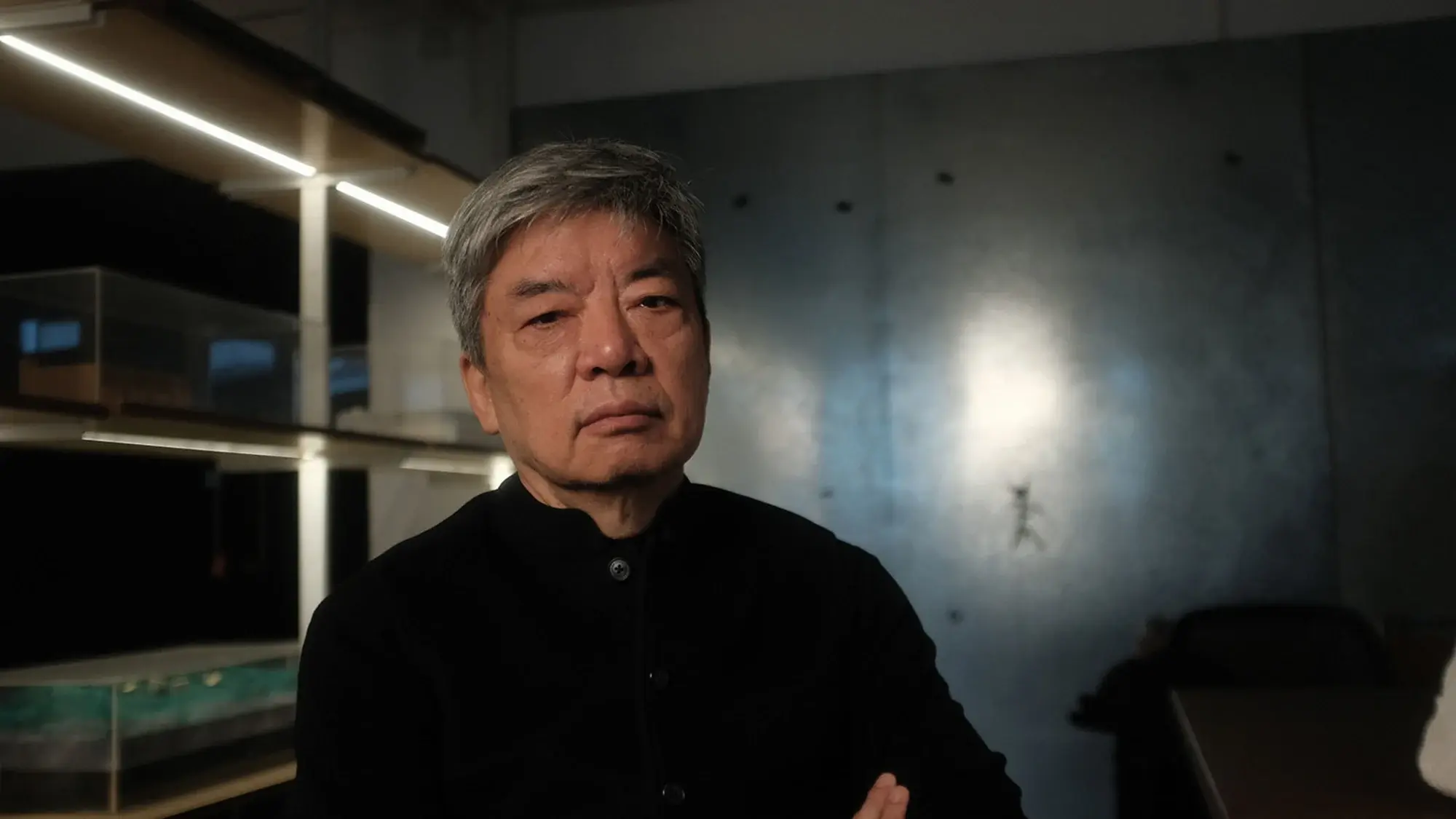
Sustainability is the new trend in the contemporary world of bold and grand architecture, creating a space where design meets purpose. It is a welcome change from being aesthetically pleasing to this new approach that promises to create infrastructures that support local customs and foster communities.
A testament to this shift is Liu Jiakun, this year’s Pritzker Prize winner, recognised for his buildings that "celebrate the everyday lives of people."
Liu Jiakun: Bringing a Contradictory Shift in Architectural Excellence
The Pritzker Prize has long honoured architects who push the boundaries of design, celebrating visionaries like Frank Gehry, Rem Koolhaas, and Zaha Hadid for their bold, visually striking, and thought-provoking structures. However, in recent years, the spotlight has shifted towards architecture that serves a greater social purpose.
This year’s jury decision signals a growing recognition of architecture’s role in shaping communities. Rather than prioritising structures that merely command attention, the emphasis is now on designs that foster connection and inclusivity.
Guided by the principle of "local first," these architectural works do more than just blend into the natural environment—they honour cultural heritage while responding to real societal needs.
Take China, for instance. Initially, the country embraced grand, statement-making architecture to capture global admiration and solidify its international presence. However, after years of debate over aesthetic appeal versus sustainability, it is now reassessing its priorities, turning its focus towards environmentally conscious and culturally rooted designs.

This shift from “starchitecture”, i.e., bold and eye-catching architecture, to environmentally conscious design has been warmly welcomed by the industry throughout the world. This movement, which places a strong emphasis on using eco-friendly materials and energy-efficient technologies, reflects a larger dedication to using responsible and conscientious building approaches to address global environmental concerns.
Liu Jiakin beautifully combined both with his creativity and empathy. He creates spaces that evoke memory, rather than just constructing walls of brick.
How Did Liu Jiakun Integrate It?
Born in Chengdu, China, Liu Jiakun has always placed greater emphasis on human experience than on aesthetics.
His architectural style is a blend of modesty and contextual awareness, reflecting his philosophy of being "like water"—adapting seamlessly to the needs of the community and its surroundings.
One of the best examples of his approach is Chengdu's West Village, a creative urban project that challenges traditional high-rise living by fostering social interaction and a strong sense of community through the integration of residential and communal spaces. Another iconic example of his commitment to environmental responsiveness is the Luyeyuan Stone Sculpture Art Museum, which minimises energy use while harmonising with its natural surroundings.

Another feather in his cap is his groundbreaking work in post-disaster reconstruction, where he utilised "rebirth bricks"—materials recovered from the Wenchuan Earthquake debris—to demonstrate how architecture can serve as a healing force. Through these initiatives, Liu Jiakun redefines the role of architecture, proving that design can and should enhance the quality of life by being socially responsible and culturally respectful.
Conclusion
Liu Jiakun’s work highlights that architecture is more than just building structures—it’s about people, culture, and sustainability. His approach serves as a reminder that great design isn’t just about aesthetics but about creating spaces that foster connection, preserve heritage, and positively impact communities.
Want to stay ahead in the AEC industry? Dive into emerging technologies with Novatr’s expert-led courses in BIM and Computational Design.
-
Visit the Novatr Homepage to understand our mission in transforming AEC education.
-
Browse through our Courses Page to find specialized programs tailored for architects and designers.
-
Dive into the Learning Hub for in-depth insights, industry trends, and expert resources to stay ahead in the field.
Was this content helpful to you



